Contents
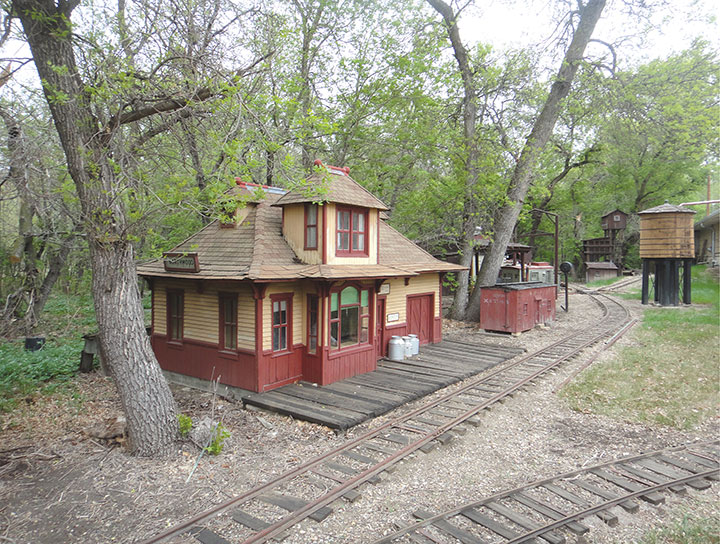
Feature
John Beck’s 14-Gauge Railroad
It’s not every day that one visits a model railroad and finds it is a functional part of the owner’s livelihood. That, however, is exactly the case with John Beck’s 14-inch gauge Spruce Grove Southern Railroad which winds around and through his produce farm where it is used in tending the fields and collecting the harvest. John is a fan of narrow gauge railroading and his models look the part.
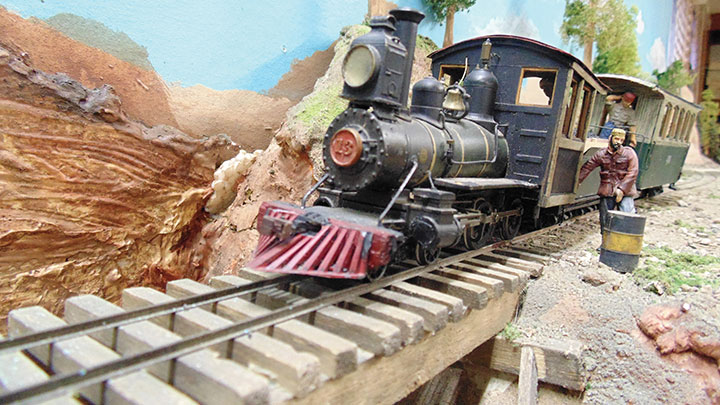
Feature
The Terlingua, Glenn Springs & Boquillas
The Big Bend area of Texas is considered one of the wonders of the Southwest. Wild, isolated, and vast with desert, mountains, and river canyons. The early Spanish explorers called it “el despoblado” or the uninhabited land. Visitors were impressed with the vistas they viewed, and today the area is still mostly unexplored and uninhabited. The area is so rugged that it took a while for railroads to be built into the Big Bend due to the unforgiving scenery and remoteness.
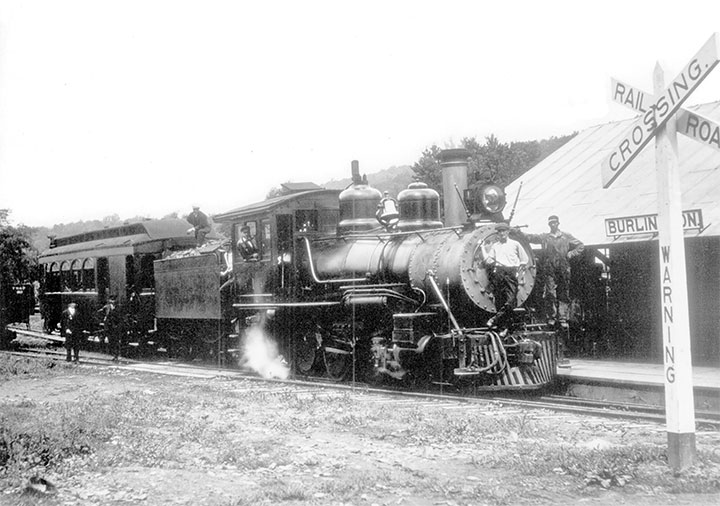
Feature
The East Tennessee & Western North Carolina Railroad And Its Locomotives
As I mentioned earlier in this series, the year 1924 was the peak of the financial fortunes of the East Tennessee & Western North Carolina Railroad/Linville River Railway system. Business was spiking both in passengers and freight. The railroad needed more motive power, but instead of purchasing another new Ten-Wheeler from Baldwin Locomotive Works, they once again turned to the used locomotive market. Turns out a twin sister of ET&WNC #9 had just become available. Let’s begin with the origins of the engine that became ET&WNC 2nd Number 8.

Feature
Washington Iron Works “Jammer”
While McGiffert loaders were highly popular in the pine regions of the United States, their use in the heavy Douglas Fir coastal forests was very limited. The only use of the McGiffert in the Douglas Fir region was the Stimson Timber Company of Belfair, Washington, and the S. E. Slade Lumber Co. of Aberdeen, which was never documented. In the late 1920s or early 1930s, the patents of the McGiffert loader expired, and a few equipment manufacturers exploited the opportunity by building their own McGiffert-type loaders. One of the first was designed and built by Washington Iron Works of Seattle, Washington, for the Simpson Logging Company of Shelton, Washington.
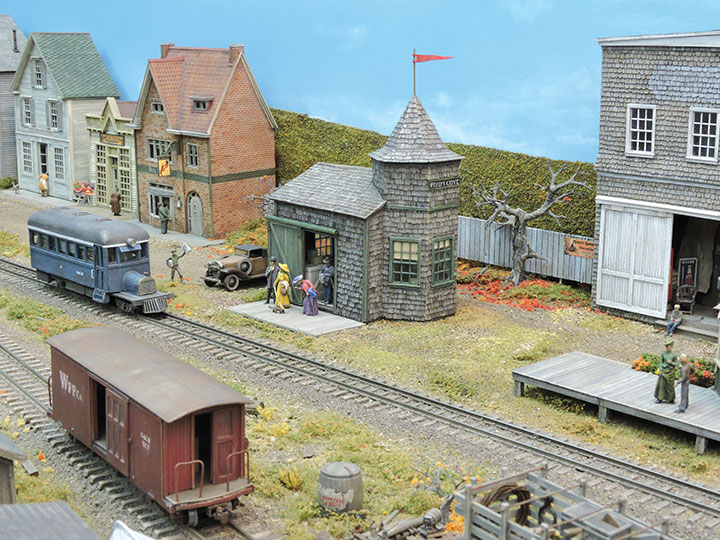
Feature
Building Reed’s Cove Station
The prototype for this small station with hexagonal tower has inspired models in several scales, and I wanted to add an HO version to my HOn30 Maine coastal module as well. The prototype is the Pier Station in Wiscasset, Maine. My model will serve as a freight and passenger station near a railroad wharf. I modeled the station closer to its original version, as framing in one of the prototype photos indicate it was substantially lengthened at some point. After seeing Pete Leach’s, MMR, On30 construction article in the November/December 2019 GAZETTE shown again in the finished harbor scenes in the November/December 2020 issue, he emailed me some material on the prototype and other’s model versions, and I developed my own with a cardboard mockup.
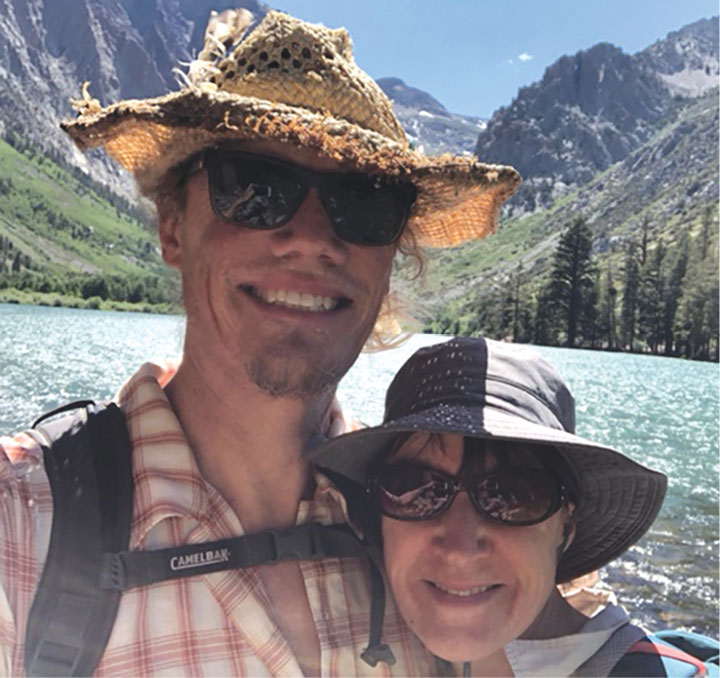
Feature
Meandering Through History
I have known Laura Burtness since she was a babe-in-arms and was shown off by her mother, Yvonne, at the elementary school where I was a teacher. Yvonne and I team taught for many years, keeping me in touch with Laura. When she was about ten, Laura began packing back issues and books for Benchmark Publications; she often said she learned her world geography doing this. She continued helping us until she entered Stanford University to earn her teaching credential. After marrying the love of her life, Dudley, she began camping and hiking in the Sierra Nevadas. This July, the two of them camped around Bridgeport, California, and I suggested they visit nearby Bodie.
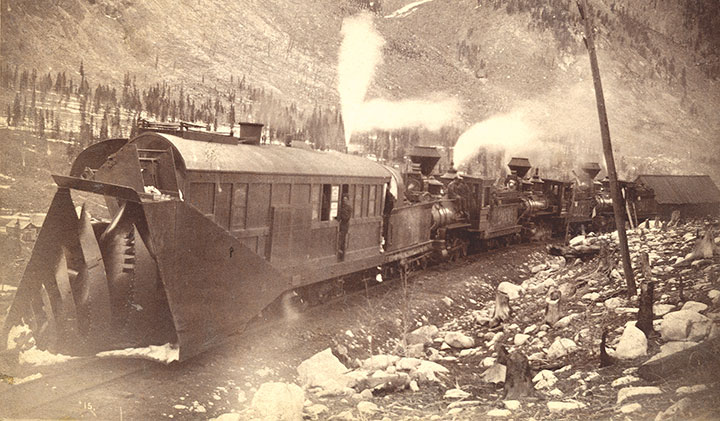
Feature
Maintenance of Way Equipment on my 0n3 Colorado Central & Southern
This is the final installment in my series on modeling the Jull. It has been an interesting and challenging adventure building such a unique piece of equipment. Now that construction is finished, painting the model is the final step. I didn’t anticipate any problems and was happy the Hancock Jull didn’t have the name printed on the letterboard. I would have hated to individually letter “Jull Centrifugal Snow Excavator” on both sides. I airbrushed the model and let the paint set for a few days. I then sprayed a light coat of matte finish to dull the paint, which is my normal routine after painting. I was unpleasantly surprised to see the paint wrinkle and curdle on one of the auger blades. I quickly scraped the area clean and touched up the damaged area. The situation was complicated by the fact that I was traveling in two days and had non-refundable tickets.
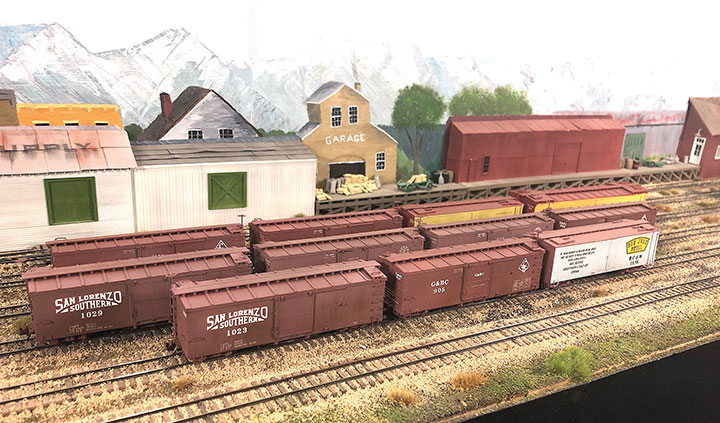
Feature
A Walk Down Memory Lane
The inspiration for this article came from GAZETTE author and friend, Dave Adams. Dave sent me a set of decals for the late Mike Schwab’s Sn3 San Lorenzo Southern Railroad, as well as Jim Vail’s HOn3 Glenwood & Black Creek Railroad. Both of these individuals were good friends of mine, and through Dave’s help, I felt inspired to build some “tribute” cars for these fallen flags. Up until then, it had been a long time since I’d built any HOn3 rolling stock kits, but Dave’s gesture was the catalyst to walk down memory lane. For the longest time, I felt that an article on what rolling stock kits are currently available in HOn3 needed to grace the pages of this fine magazine. For more than a decade, HOn3 modelers have been blessed with a lot of Ready-To-Run (RTR) HOn3 rolling stock releases that have undoubtedly affected the kit market. There have been ownership changes with the traditional manufacturers, and as well, new manufacturers have appeared with new kits on the market. It seemed like a good time to write about what’s currently available and share some kit building tips that I’ve learned along the way.
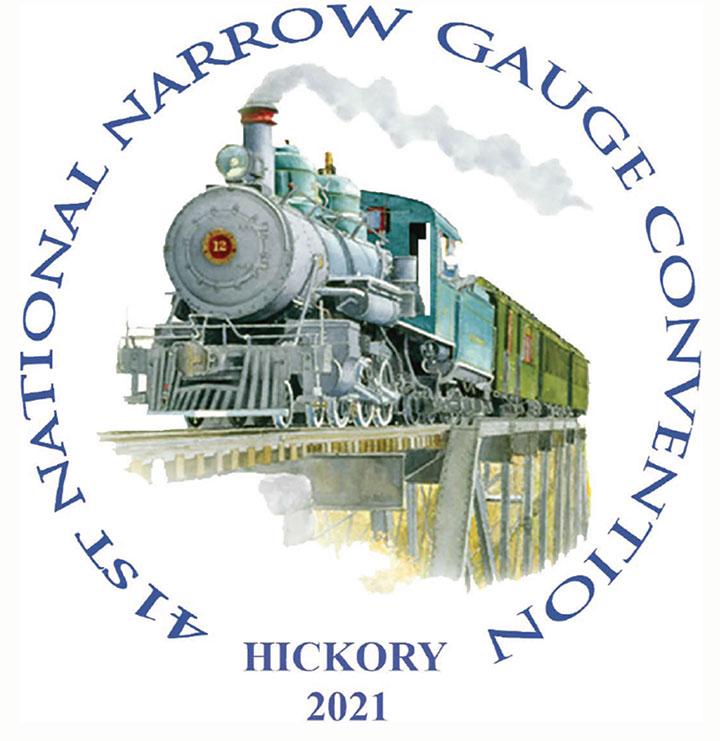
Feature
41st National Narrow Gauge Convention Contest Winners Gallery
Here is a list and photos of the winners of the 41st National Narrow Gauge Convention model and photo contests held in Hickory, North Carolina, September 1–4, 2021
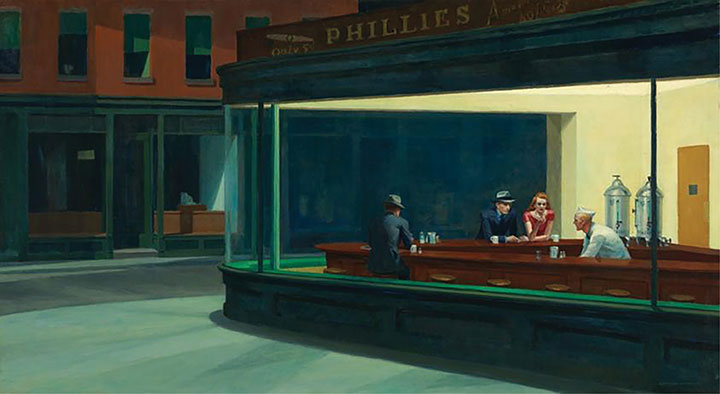
Feature
The Narrow Gauge Scene
Many years ago, John Coots, then owner of Scale Structures Ltd., claimed that model railroading was three-dimensional art. His observation was met with skepticism in an age which viewed our hobby as little more than grown men (and a few women) playing with toy trains. Still, he persisted and, in a way, proved his point by creating some stunning dioramas, one of which was displayed in the early 1970s at the Kodak Gallery in New York City. I confess that I was, and remain, a skeptic of this model-railroad-as-art view, although I have visited model railroads that approach art. John Allen’s Gorre & Daphetid or George Sellios’ Franklin & South Manchester come to mind. Allen’s was an impressionistic masterpiece of an imaginary struggling mountain railroad and George’s marvelous layout depicts detailed urban scenes, both as good as any oil painting could capture. And as I often joke in speeches, layouts can be art though some resemble paintings of Elvis on velvet. It is the rare layout owner who claims his or her work is art and the rarer owner who would be correct in such a claim. Fortunately, for purposes of this column, I need not resolve this issue.
